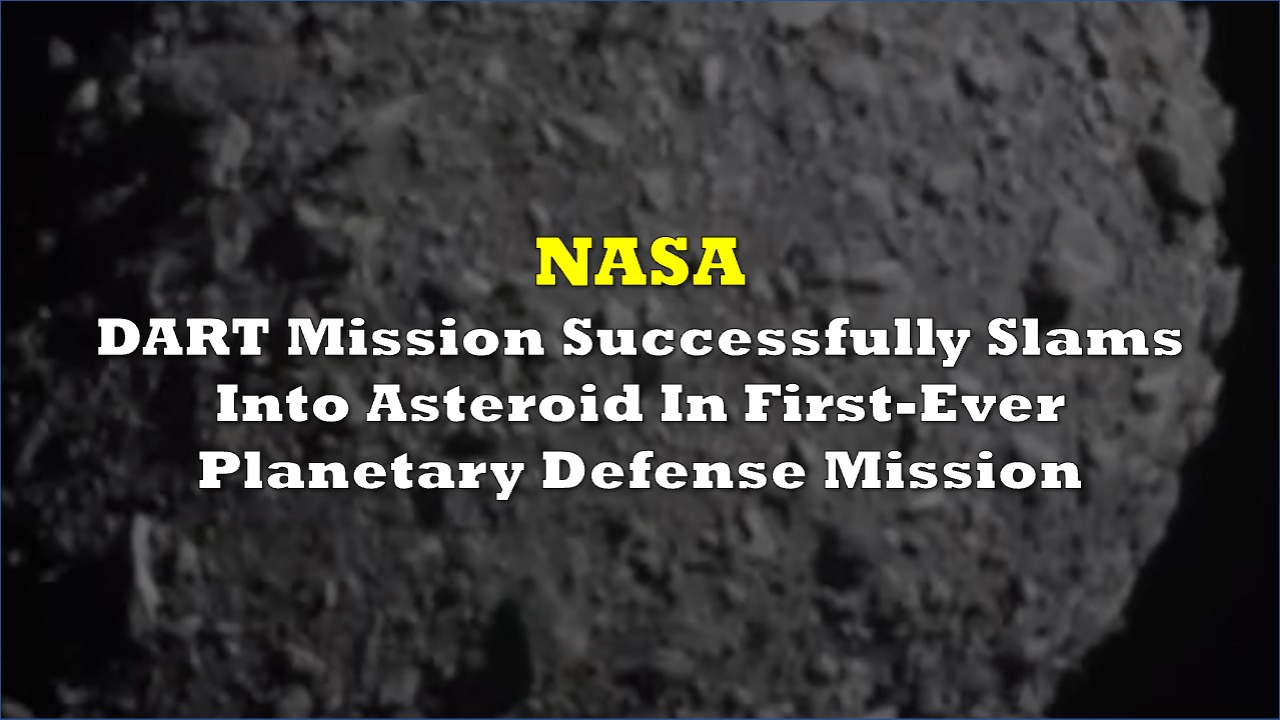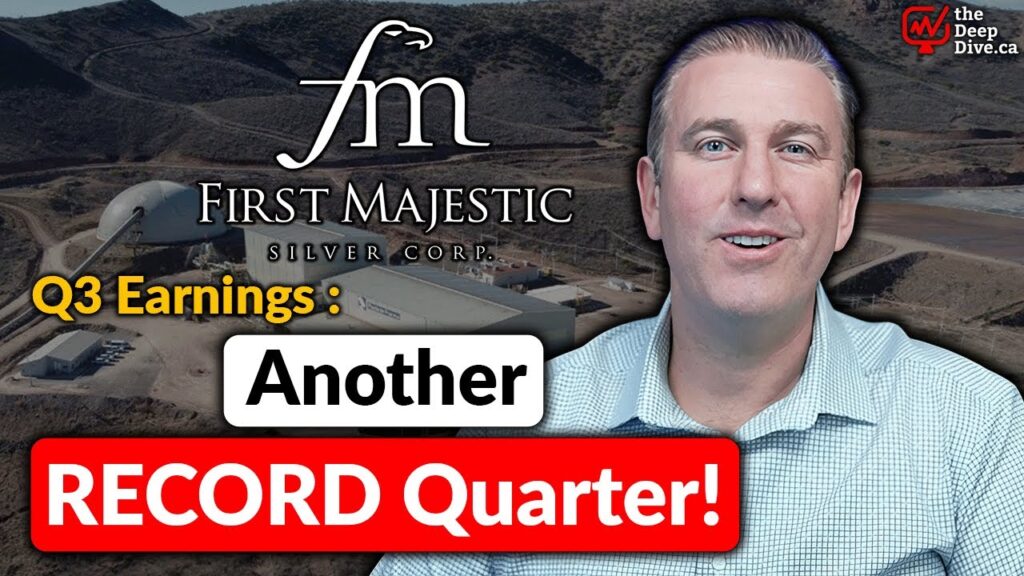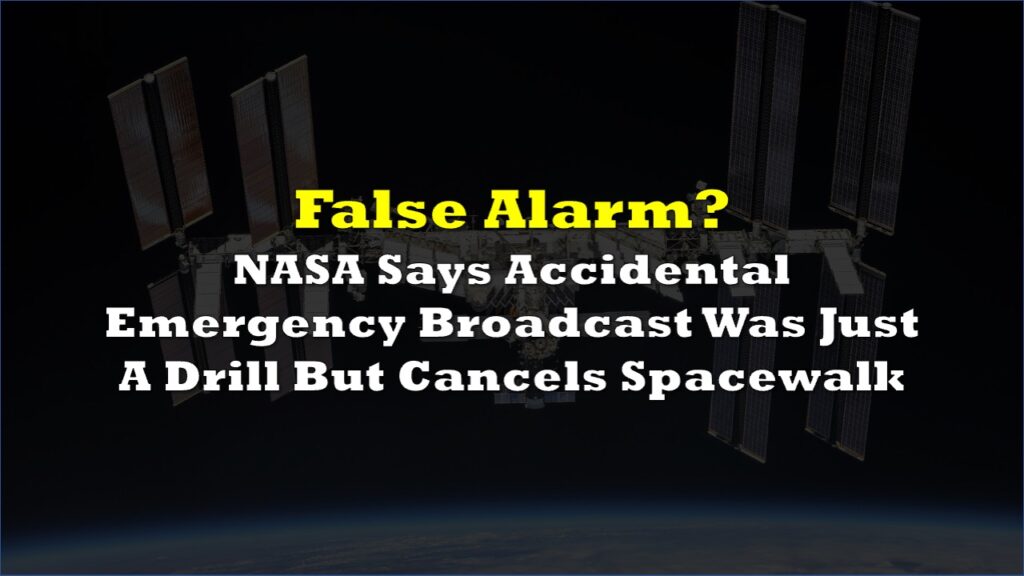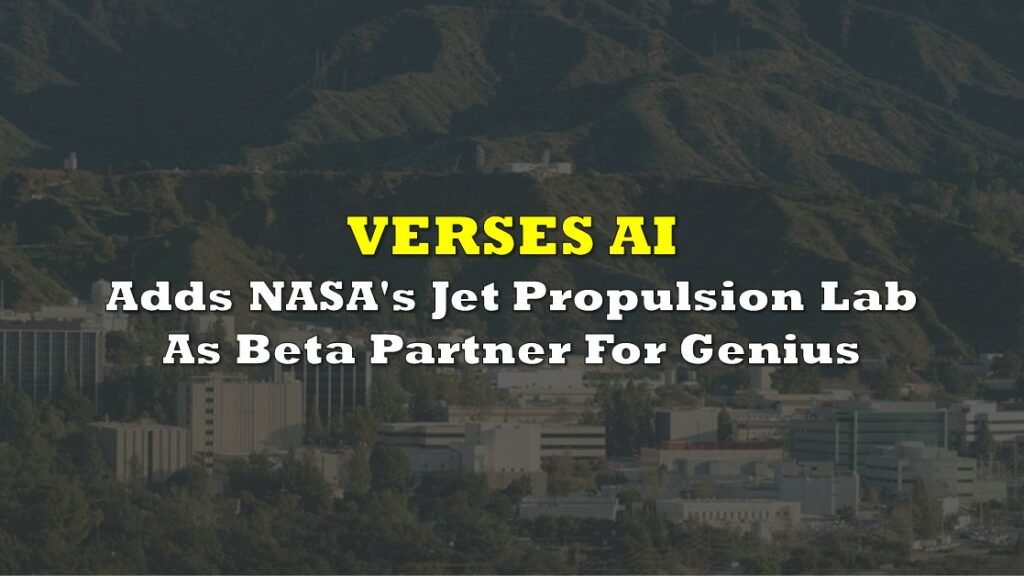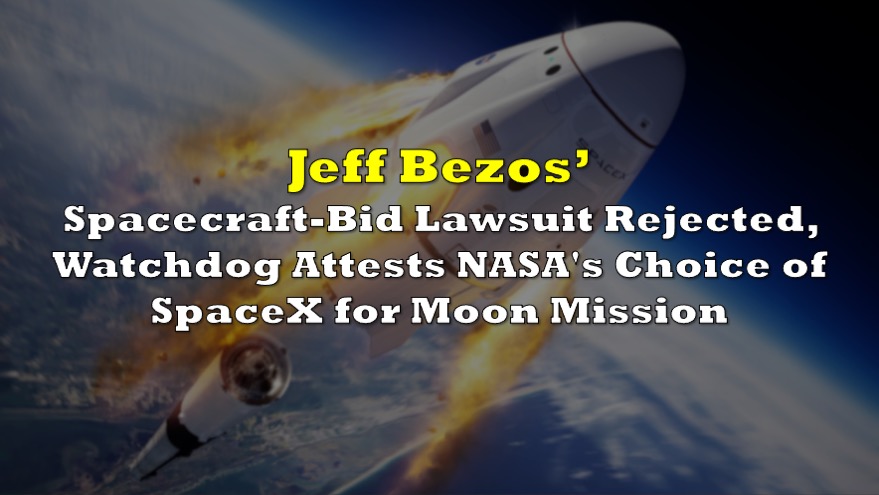Humanity is one step (or one slam?) closer to planetary defense.
On Monday, September 26, a NASA spacecraft successfully completed its mission to slam into an asteroid in humanity’s first-ever test of planetary defense.
The space agency’s DART probe, or Double Asteroid Redirection Test, was launched in November to travel about 6.8 million miles and smash into Dimorphos, a small and harmless moonlet orbiting the near-Earth asteroid Didymos.
A camera aboard DART sent live views of Dimorphos getting closer and closer to the probe to the mission team in Laurel, Maryland, until 7:14 p.m. ET when it made impact, cutting off the signal.
IMPACT SUCCESS! Watch from #DARTMIssion’s DRACO Camera, as the vending machine-sized spacecraft successfully collides with asteroid Dimorphos, which is the size of a football stadium and poses no threat to Earth. pic.twitter.com/7bXipPkjWD
— NASA (@NASA) September 26, 2022
“We’re embarking on a new era of humankind, an era in which we potentially have the capability to protect ourselves from something like a dangerous, hazardous asteroid impact,” said Lori Glaze, director of NASA’s Planetary Science Division. “What an amazing thing. We’ve never had that capability before.”
The $325 million mission aims to determine whether “nudging” an asteroid can change its trajectory. The mission gives scientists a real-world demonstration, and the data will help in studying planetary defense strategies — specifically the understanding of the kind of force that can alter the orbit of a nearby space rock with a potential to collide with the Earth.
525-foot Dimorphos and the larger 2,500-foot Didymos are classified as near-Earth but do not pose any threats of colliding with the planet.
In about two months, the agency will determine whether vending machine-sized DART’s impact was able to alter Dimorphos’ orbit. The moonlet currently takes 11 hours and 55 minutes to orbit Didymos. The nudge is expected to change that to 11 hours and 45 minutes. NASA will do follow-up observations to measure how much of a shift occurred.
Translated to real-life, even a small change in an asteroid’s trajectory — so long as it’s still far enough, and we do it soon enough — could save us all from a world-ending collision.
Information for this briefing was found via NASA, and the sources and companies mentioned. The author has no securities or affiliations related to the organizations discussed. Not a recommendation to buy or sell. Always do additional research and consult a professional before purchasing a security. The author holds no licenses.

